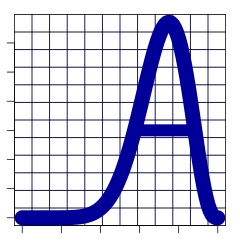 Agency Statistical Consulting
Agency Statistical ConsultingReal-world data analysis is not as straightforward as things sometimes appear to be in a typical "Stat 101" course. Basic methods learned there, while a good start, often rely on assumptions about the data, assumptions that often fail to hold with real, operational data. A professional statistician knows how to proceed when that happens. See below for some examples.
You measure things about your units of analysis. These could be people, animals, ambulances, ambulance agencies, ambulance responses, hospital admissions, structure fires, etc. Methods learned in introductory statistics classes usually assume that your units of analysis are independent---that what happens with one does not influence what happens with another. Methods for independent data may yield faulty conclusions when the units of analysis are not, in fact, independent---when they are correlated. There are analysis methods that do work well with dependent data, and professional statisticians know when and how to use them. So what are non-independent or correlated units or measurements? Here are some examples:
This is related to the issue of correlated versus independent data. Hierachical data means the units of analysis are members of increasingly larger entities. For example:
All of these situations are manageable with the proper analytical methods---which are part of a professional statistician's training.
In some analysis projects, some measurements on some subjects may not be exact---we may only know it's below or above some limit.
Laboratory machines may have lower limits of detection or quantitation, like a blood lead analyzer that can only reliably quantify lead concentration above, say, 3 micrograms/dl. Anything less than that and the only readout we get is less than 3.
Waiting times for some event, like an appointment or an immunization, are another example. We can't watch forever; in practical terms, the study period has to end at some point, so we can get on with the analysis. Some subjects may not have experienced the event at all by then, leaving us knowing only that their waiting time is greater than something.
Professional statisticians understand the methods needed to accurately analyze censored, "less than" and "greater than" data.
Despite the name, "linear regression" does not require that relationships between variables be straight lines. But commercial spreadsheet software commonly imposes this limitation by default. A professional statistician acknowledges the possibility of curvy relationships and knows how to model them.